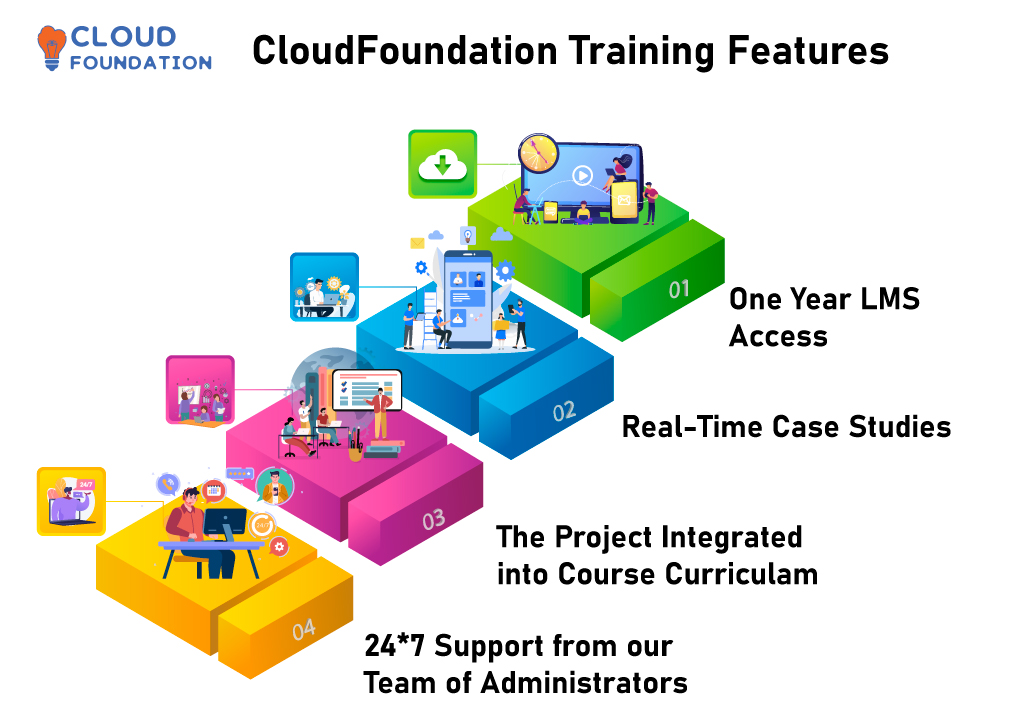Ansible Training – The only Analytics Course you need
Ansible Training – The only Analytics Course you need
⏰24 hours | ▶️ 24 Videos | 📣 8159 Participants | 🎓 3958 Reviews | 4.8 ⭐⭐⭐⭐⭐
Choose a Plan that Works for You
Self Paced
- Advanced sessions
- Interview Q&A
- Free study Materials
- Premium Technical support
Instructor Led Live Training
- Live Instructor
- Advanced sessions
- Interview Q&A
- Premium Technical Support
Corporate Training
- Live Instructor
- Advanced sessions
- Interview Q&A
- Premium Technical Support
Upcoming Batches EST
Weekday
| Nov 12(1 HR A DAY) |
| 07:00 PM PST |
| Enroll Now → |
Weekday
| Nov 27(1 HR A DAY) |
| 07:00 AM PST |
| Enroll Now → |
Weekend
| Nov 22(1 HR A DAY) |
| 06:30 PM PST |
| Enroll Now → |
Upcoming Batches IST
Weekday
| Nov 13(1 HR A DAY) |
| 07:30 AM IST |
| Enroll Now → |
Weekday
| Nov 27(1 HR A DAY) |
| 07:30 PM IST |
| Enroll Now → |
Weekend
| Nov 23(1 HR A DAY) |
| 07:00 AM IST |
| Enroll Now → |
Course Description
Ansible Training the one unique automation tool/engine that you go through.
We can consider Ansible as an Opensource platform that primarily works for IT professionals who deal with application deployment.
Learn Ansible because it is all about automation, as automation is now ruling the current market.
Ansible is a software tool that automates cross-platform device support in an easy but effective way.
You now have the option of taking Online Classes as a boon during this Pandemic era. You can conveniently control your time and learn a variety of courses right on your doorstep.
The Red Hat Certified Specialist in Ansible Automation exam assesses the ability to automate device and application configuration using Ansible.
This Certification can be an outstanding addition to your resume because you have a strong base of skills.

Course Content
Setting Up the Environment in AWS.
- Creating an Access Key for Ansible to access AWS portal through API.
- Setting Up that Access Key in Ansible.
- Why Boto?
Problem Statement 1: Machine Deployment (I hate Click Click)
- A Playbook to do our job.
- Playbook Syntax.
- Running the playbook.
Problem Statement 2: Automating Patch Deployment in Multiple Machines from different distribution.
- Setting Up Keyless authentication between Master and Slave.
- Setting Up Key Based and User based Authentication.
- Adding hosts to Inventory.
- Writing Play to do our task.
- Conditional Statements to meet our needs.
Automating on Prem (Linux)
Setting Up the Environment:
- Installing Ansible.
- Setting Up Master and Slave.
- Setting Secure Authentication with user name and password/Keyless Auth
Creating multiple users in remote machine or AWS.
- Using loops.
- What if user details are in a different file, solving this use case as well.
- Using file lookups for some more inputs.
Problem Statement: Pushing Software Packages or Updates on remote Machines.
- Writing playbooks to do that.
- Using group/host vars according to category of hosts/Using facts to create conditional Playbooks.
- In case of Dynamic environment using Dynamic inventory concept to achieve the s
Automating on Prem (Windows)
Why Ansible when We already have SCCM, PowerShell DSC, etc.…? Setting Up the Environment.
- Introducing Windows Subsystem for Linux.
- Setting up connectivity between Master and Slave.
- Running some basic commands.
Problem Statements:
- Sending Updates and Windows Patches.
- Will write roles for it.
- Application Installation but separating the machine types.
- Using Facts and Vars to achieve this through a Role.
- Set Up Users and Groups (AD).
- Again, Use of Roles.
Securing Our Secrets
- Setting Up Ansible Vault.
- Using Ansible Vault to secure AWS keys.
- Using Ansible Vault to secure Vars.
- Problem: Secure the Admin Creds of Machines in Inventory:
- Use Ansible Vault to secure the secret.
- Decrypt the key while running the playbook.
Getting Disciplined with Roles
- Role Architecture.
- Different components of Role.
- Create your first role.
- Deploy a complete website and configure it using role.
- Deploy AWS machine using Role.
Automating Ansible playbooks with Jenkins
-
Configuring Jenkins Server and Agent Machine.
- Installing in Ubuntu 18.04.
- Setting up agent machine.
- Setting up Git Triggers.
Configuring Secrets.
- Setup user credentials.
- Setup plugins in Jenkins.
Configuring complete CI/CD for ansible playbooks and roles.
- Testing the playbook before execution.
- Running the playbook.
- Setting up complete CI/CD process for testing and executing playbook or role.
